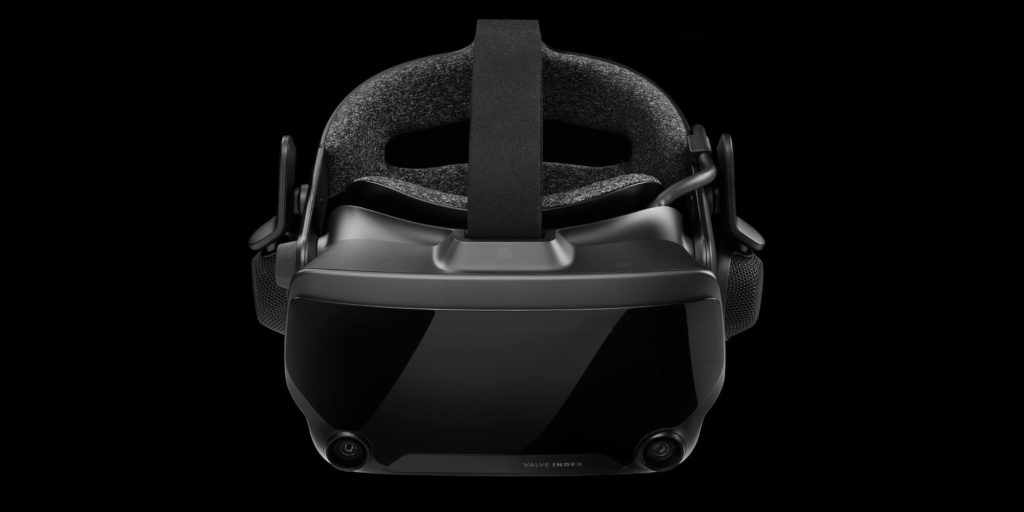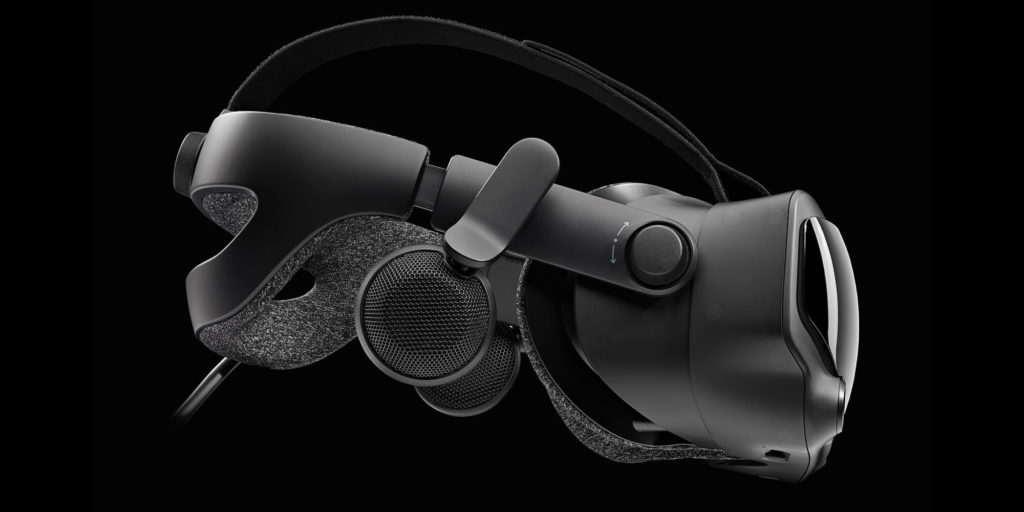CASE STUDY: VALVE INDEX VR HEAD MOUNTED DISPLAY
![]()
THE CHALLENGE
Valve is one of the world’s leading video game companies. With the popularity of virtual reality for gaming, they decided to design and build their own virtual reality platform. They had a talented internal team of engineers, but with the large undertaking of delivering a best in class immersive experience for the most avid and particular gamer, they knew they had to augment their team to meet the time-to-market pressures. Valve selected Simplexity as their engineering partner who would focus on the electrical engineering design and a portion of the embedded firmware for the product. The challenge was to get all the features implemented under a very aggressive schedule.
THE SOLUTION
This best in class experience is delivered with features such as:
- Two high definition displays (1440×1600) mounted into stereoscopic eye tubes
- Two high definition (HD) cameras with 120 degree viewing angle running on a USB3 bus
- Two Bluetooth Low Energy (BLE) radios that communicate with the hand controllers and can also be used to communicate to a base station
- A 6-axis gyroscopic inertial measurement unit (IMU) providing ultra-fine, real time motion sensing (1kHz)
- A set of 32 laser sensors that track two laser scanner “light house” base stations, providing gross HMD positioning
- Two class D amplifiers driving 2 watt off-ear speakers, delivering superlative immersive audio experience
Simplexity was responsible for the full electrical design of the main printed circuit board assembly (PCBA) and the peripheral flex printed circuit assemblies (FPCAs). Flexible PCBs were selected to minimize the number of cables and connectors, which improves reliability of the product. Simplexity delivered every revision of every electronic assembly on schedule.
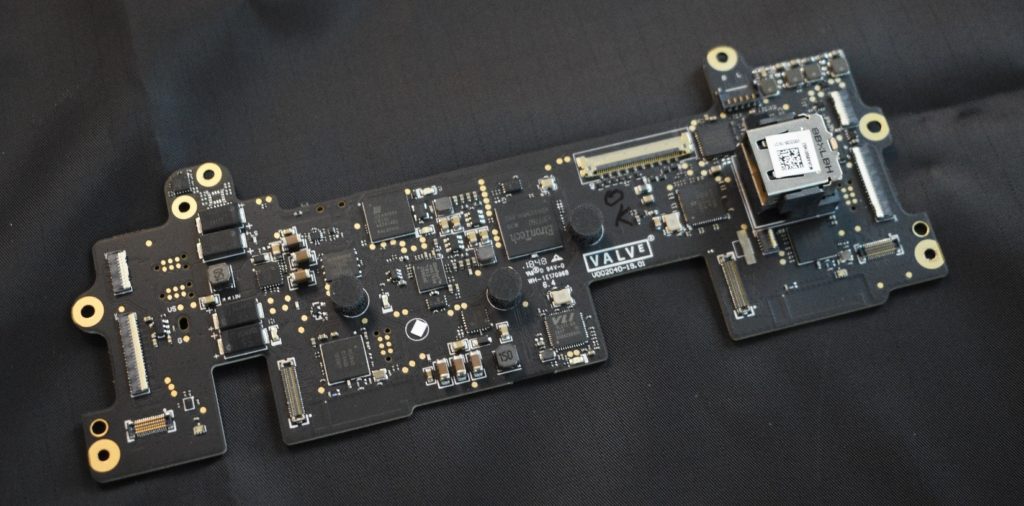
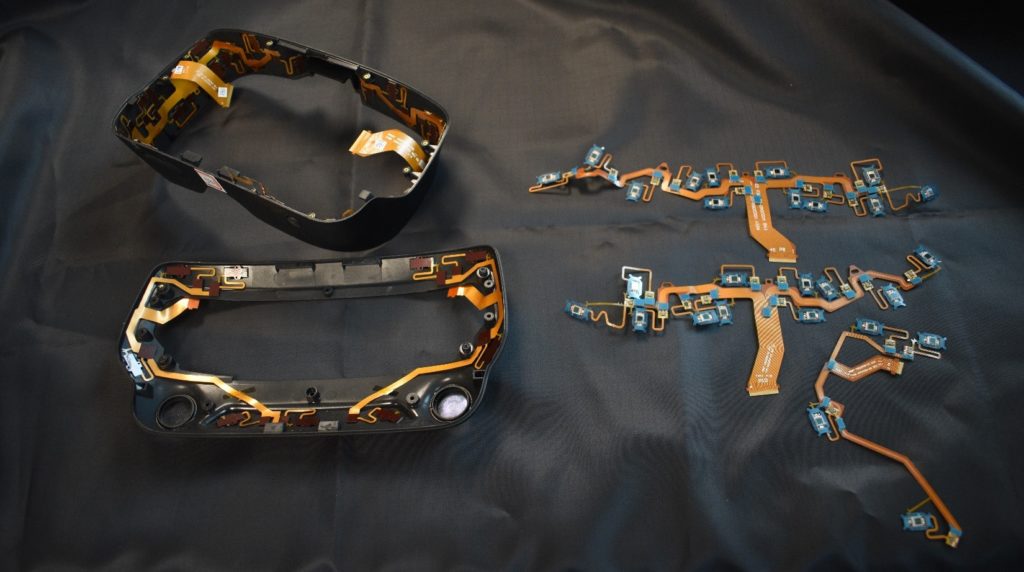
Some of the electrical engineering contributions to the project include:
- Investigated issues and provided solutions while maintaining schedule for multiple PCB revisions. A few examples of the areas that Simplexity addressed were:
- Inertial Measurement Unit (IMU) sensitivity to ambient noise
- Audio issues caused by system noise
- Inconsistent radio performance due to high-speed signal layout and adjacent parts placement
- Provided optimal power supply architecture for performance, efficiency, and cost.
- Supported frequent PCB design releases with developed EE design package and documentation.
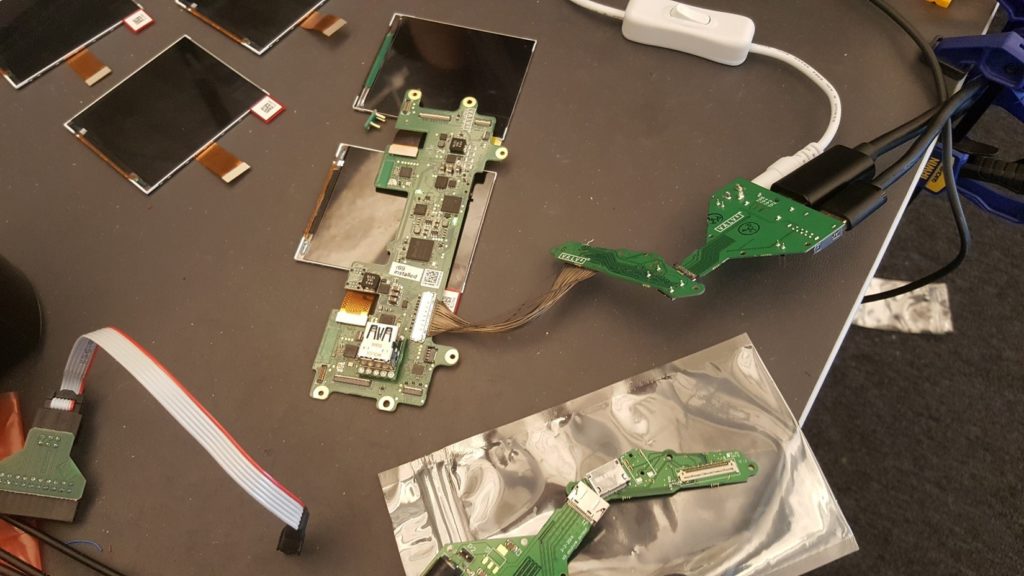

In addition to the electrical engineering support, Simplexity firmware engineers developed the embedded firmware for multiple subsystem areas:
- Simplexity firmware engineers were responsible for development of a complex audio subsystem
- They worked closely with the electrical and audio/acoustics teams to produce tools and firmware that enabled continuous refinement of the system through objective measurements and subjective listening tests.
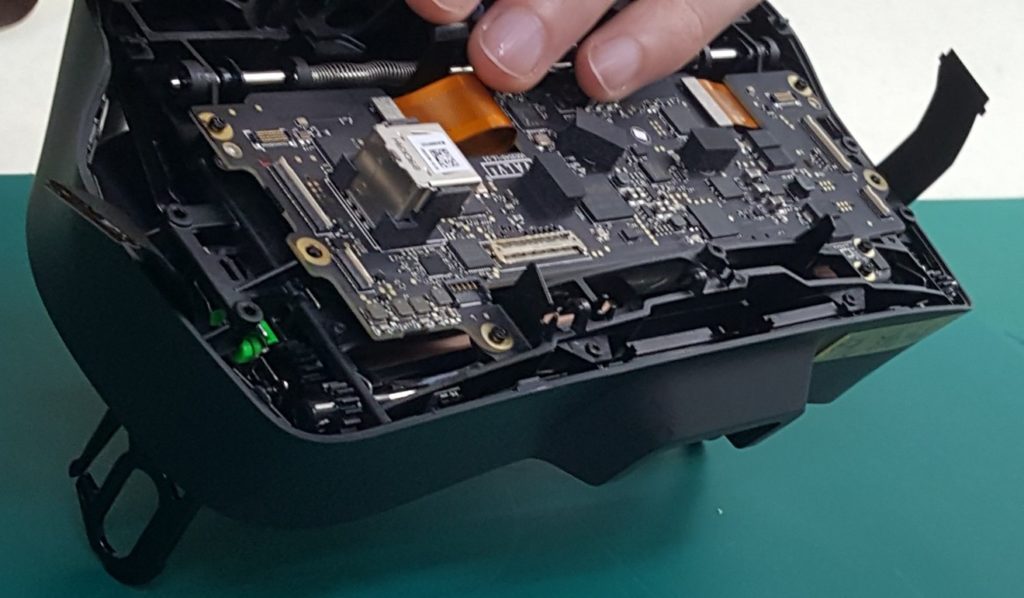
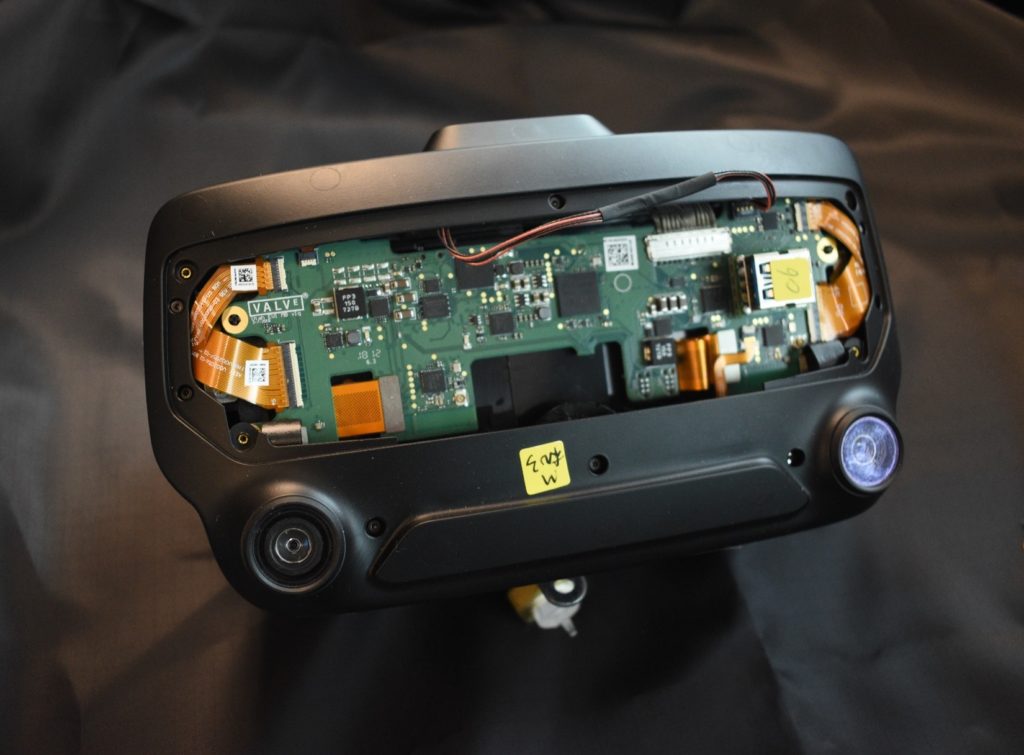
SIMPLEXITY’S NEW PRODUCT INTRODUCTION (NPI) AND MANUFACTURING ROLE
Simplexity integrated with a large team of other engineering design partners, Valve’s internal engineering staff, and helped qualify and source vendors and contract manufacturers for building the electronics in the product. In order to assure product success on such a short timeline, close relationships with overseas suppliers and manufacturing partners were maintained.
Some of Simplexity’s New Product Introduction contributions on the project include:
- Simplexity managed NPI activities related to electrical and firmware systems to enable production ramp and product launch. This included frequent overseas travel to support line bring-up and assure that the product was being manufactured to the design requirements.
- To meet the extremely tight schedule, the team generated many iterations of prototypes in parallel focused on individual subsystem improvements. The final product is extremely reliable in the field.
- To ensure product quality on such a complex device, sophisticated test equipment was developed by a variety of suppliers to validate each sub-system on the production line. Data collected from these testers was stored in a secure data warehouse to protect sensitive IP. These data were extensively analyzed and used for statistical process control, continuous quality improvement and vendor management.
- While trying a few different suppliers, Simplexity was able to source an exceptionally good flexible printed circuit assembly (FPCA) design partner, who consistently exceeded quality expectations at the lowest price.
- A very capable PCA and assembly contract manufacturer (CM) was used to build the electronics. They were highly responsive to customer driven program changes, and extremely good at following work instructions provided by the design team.
- The Simplexity team worked closely with the CMs to manage electrical component procurement during prototyping and production. This partnership assured availability and assurance of supply for each build, while minimizing the financial risks caused by changes in the dynamically changing bill of materials.
- Simplexity identified alternative components for high volumes, which were sometimes at risk since the cell phone and automotive industries are driving demand for electronic components. For example, capacitors are frequently in short supply and have very long lead times.
- Line bring-up and in-line testing was coordinated to ensure issues were identified as early as possible prior to larger system integration.
- On-going troubleshooting and root cause analysis of system level issues were supported long after product launch.
THE RESULTS
The result of this design and engineering effort was a successful product launch in June 2019. The Valve Index Head Mounted Display delivers the best in class experience that was promised with very few field returns. When wearing this system, the user feels completely immersed in the game or experience.
Simplexity showcased the Valve Index at their 2019 Open Houses.
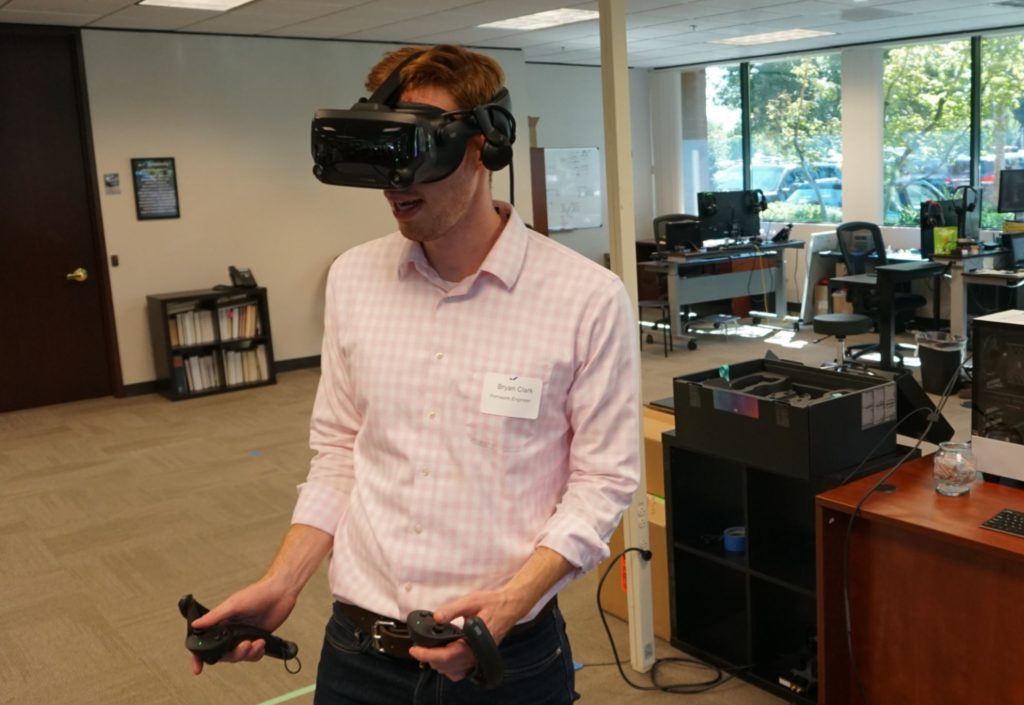
FINAL PRODUCT
RESOURCES
https://www.valvesoftware.com/en/index
https://store.steampowered.com/valveindex/
https://techcrunch.com/2019/04/01/valve-index-vr-headset-is-launching-on-june-15/
https://www.theverge.com/2019/4/1/18291013/valve-index-vr-headset-product-page-early-launch-date


